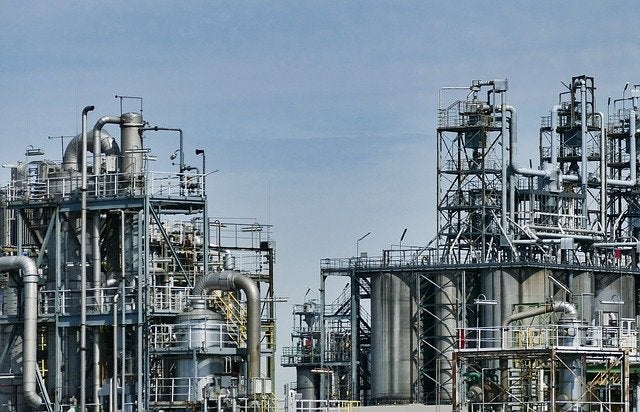
US-based energy firm ExxonMobil has entered into a memorandum of understanding (MoU) with Indonesian state-owned energy company Pertamina to assess carbon capture and storage in Indonesia.
Under the deal, the companies will explore the potential for large-scale deployment of low-carbon technologies in the country.
The partnership will evaluate the potential for technologies such as carbon capture, utilization and storage, and low-carbon hydrogen,
By studying subsurface data, both firms aim to locate geologic formations deep underground for the safe storage of CO2 and commercially viable utilisation of CO2.
The agreement enables to study feasibility of transporting CO2 in Southeast Asia, in addition to conducting research and development studies with universities.
ExxonMobil Low Carbon Solutions president Joe Blommaert said: “We are evaluating large-scale carbon capture and storage projects that have the potential to make the greatest impact in the highest-emitting sectors around the world, and there are opportunities in Indonesia and throughout Southeast Asia.
“With well-designed policies and industry collaboration, we can move forward with reliable, safe and ready-to-deploy technologies at scale that can help governments achieve game-changing emissions reductions.”
ExxonMobil created its Low Carbon Solutions business for the commercialisation of its low-emission technologies.
The business initially focuses on the carbon capture and storage efforts on point-source emissions and the process of capturing CO2 from industrial activity.
It will also work on injecting CO2 into deep underground geologic formations for safe, secure and permanent storage.
In addition, the business is assessing various other carbon capture and storage projects in Rotterdam of Netherlands, Normandy of France, LaBarge of Wyoming and Houston of Texas in the US.
In October this year, ExxonMobil announced plans to expand carbon capture and storage (CCS) at its LaBarge, Wyoming facility, with the initiation of the process for engineering, procurement and construction contracts.
The expansion project is expected to capture up to 1 million metric tonnes of CO2. Currently, the LaBarge facility captures 6-7 million metric tonnes annually.






